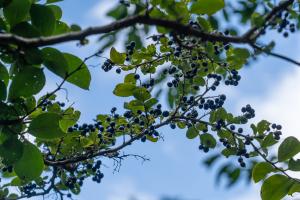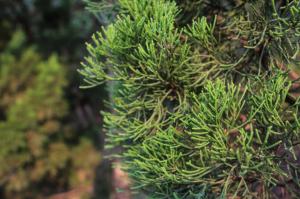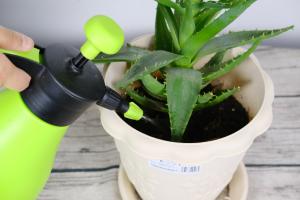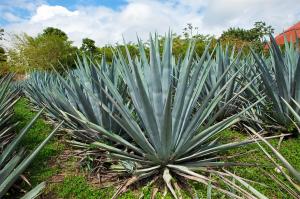Introduction:
Tomato plants are one of the most commonly grown crops worldwide. These plants are relatively easy to grow and maintain, but sometimes they can experience problems. One of the issues that tomato growers often face is yellowing of the leaves at the bottom of the plant. In this article, we will discuss the reasons behind this problem and how to prevent it from happening.
Nutrient Deficiency:
One of the most common reasons for the yellowing of tomato plant leaves is a nutrient deficiency. A lack of nutrients such as nitrogen, phosphorus or potassium can cause the leaves to turn yellow. This often occurs because the nutrients are not being distributed throughout the plant properly, which means that the lower leaves are not receiving enough nutrients.
To prevent nutrient deficiency, it is important to fertilize the plants regularly with a balanced fertilizer that contains all the necessary nutrients. Adding organic matter, such as compost or manure, to the soil can also be beneficial, as it helps to improve soil health and nutrient retention.
Watering Issues:
Over-watering or under-watering can also cause yellowing of tomato plant leaves. If a plant is over-watered, the roots become waterlogged and are unable to absorb oxygen properly. This can lead to root rot and nutrient deficiency, which in turn can cause the leaves to turn yellow.
Under-watering, on the other hand, can cause the plant to become stressed and the leaves to wilt and turn yellow. The best way to prevent watering problems is to maintain a consistent watering schedule and ensure that the soil is well-draining.
Pests and Diseases:
Tomato plants are susceptible to a variety of pests and diseases, which can cause the leaves to turn yellow. Common pests that attack tomato plants include aphids, whiteflies and spider mites. These insects feed on the leaves of the plant, which can cause yellowing and even death of the plant.
Diseases such as early blight, late blight and bacterial spot can also cause the leaves of the tomato plant to turn yellow. These diseases are often caused by fungi or bacteria, which enter the plant through wounds or open areas on the leaves.
To prevent pests and diseases, it is important to regularly inspect the plants for signs of infestation or infection. Early detection can prevent the problem from spreading and causing serious damage to the crop.
Conclusion:
Yellowing of tomato plant leaves can occur for a variety of reasons. Understanding the underlying cause of the problem is necessary to find the appropriate solution. Regular fertilization, proper watering practices and regular inspection for pests and diseases are the best ways to ensure a healthy and productive tomato crop.

 how many times do yo...
how many times do yo... how many planted tre...
how many planted tre... how many pine trees ...
how many pine trees ... how many pecan trees...
how many pecan trees... how many plants comp...
how many plants comp... how many plants can ...
how many plants can ... how many plants and ...
how many plants and ... how many pepper plan...
how many pepper plan...































